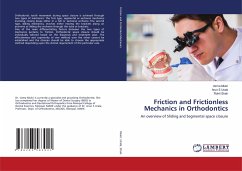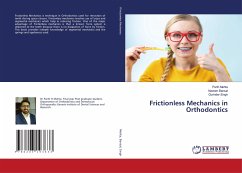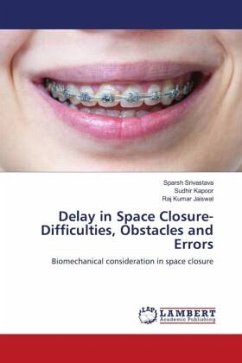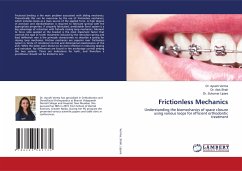Orthodontic tooth movement during space closure is achieved through two types of mechanics. The first type, segmental or sectional mechanics involving closing loops either in a full or sectional archwire. The second type, sliding mechanics, involves either moving the brackets along an archwire or sliding the archwire through the tube or brackets.One of the main differentiating factors between the two types of mechanics pertains to friction. Orthodontic space closure should be individually tailored based on the diagnosis and treatment plan. The effectiveness and superiority of one method over the other cannot be established and the clinician should be able to choose the appropriate method depending upon the clinical requirement of the particular case.








